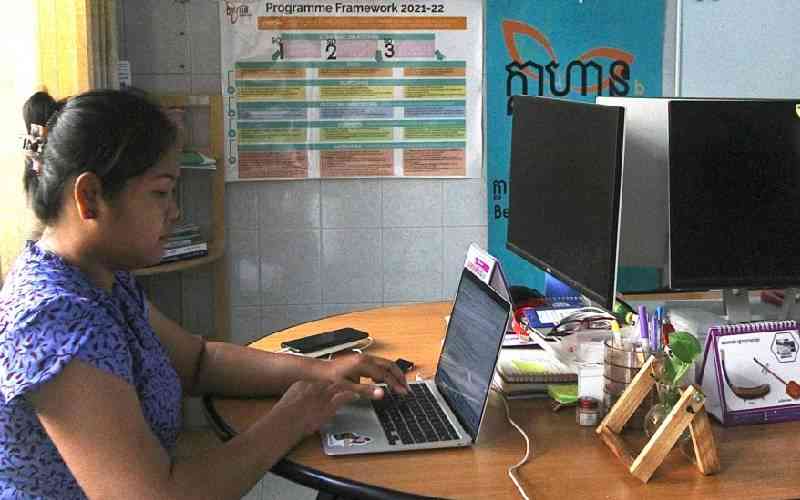A new research has established that a big number of children are still left behind in development matters due to where they live and circumstances under which they were born.
The report dubbed Lottery of Birth notes that in 78 per cent of the countries, at least one social or economic group has been making slower progress than more advantaged groups and is therefore being left behind – whether that group is from the poorest section of society, from disadvantaged regions inside the country, from rural areas, or from disadvantaged ethnic groups.
Despite historic global progress in reducing under-five child mortality rates over the past 15 years, the new research conducted by Save the Children, a global humanitarian organisation, established that large groups of children are still being left behind, simply because of many factors, including whether a child lives in a rural area or belongs to a disadvantaged ethnic group.
The report based on inaugural analysis of disaggregated data from 87 low and middle income countries around the world reveals that in more than three quarters of these countries inequalities in child survival rates are actually worsening, resulting in some groups of children making far slower progress than their better-off peers.
According to Save the Children's Kenya Country Director, Duncan Harvey, "In this day and age, it is scandalous that so many children's chances of survival across the world is purely a matter of whether or not they were lucky enough to be born into an affluent family who can access quality healthcare."
"We know that change is possible. We now have a significant window of opportunity to drive this change; world leaders must do everything in their power to ensure that they grasp this opportunity with both hands." he added.
Save the Children's global analysis suggests that, without a true step change in action, the lottery of birth will continue into the future, slowing progress towards the ultimate goal of ending preventable child deaths for generations to come.
However, tackling this inequality is possible.
Indeed, almost a fifth of the countries in the report, including Rwanda, Malawi, Mexico, and Bangladesh, have successfully combined rapid and inclusive reductions in child mortality, achieving faster progress than most countries, while at the same time ensuring that no groups of children are left behind.
Kenya has made significant progress in all levels of childhood mortality since 2003 and this progress has been seen through increased uptake of immunization services and low incident of malaria related deaths.
However, despite this recent progress by the government and other stakeholders, mortality rates still need to be halved if Kenya is to reach its Millennium Development Goal 4 target.
According to Kenya Demographic and Health Survey (KDHS) 2003-2008, currently, 74 children of every 1,000 born in Kenya will die before their fifth birthday
Additionally children dying in their first month of life has only reduced marginally from 33 to 31 for every 1000 live births while new-born deaths now account for 42 per cent of death of children under the age of five compared to 29 per cent in 2003 according to KDHS.
This is way of the mark of Millennium Development Goal number 4.
Save the Children calls for the international community to commit to ending preventable child deaths by 2030. The new development framework, which will replace the MDGs, will be agreed upon at the United Nations General Assembly in September 2015.
This framework must set out ambitious child and maternal survival targets and commit to working towards universal health coverage.
Stay informed. Subscribe to our newsletter
It should also include targets to ensure that even the poorest, most marginalised and disadvantaged groups of children are included in global race to improve under-five child survival by 2030.
 The Standard Group Plc is a
multi-media organization with investments in media platforms spanning newspaper
print operations, television, radio broadcasting, digital and online services. The
Standard Group is recognized as a leading multi-media house in Kenya with a key
influence in matters of national and international interest.
The Standard Group Plc is a
multi-media organization with investments in media platforms spanning newspaper
print operations, television, radio broadcasting, digital and online services. The
Standard Group is recognized as a leading multi-media house in Kenya with a key
influence in matters of national and international interest.
 The Standard Group Plc is a
multi-media organization with investments in media platforms spanning newspaper
print operations, television, radio broadcasting, digital and online services. The
Standard Group is recognized as a leading multi-media house in Kenya with a key
influence in matters of national and international interest.
The Standard Group Plc is a
multi-media organization with investments in media platforms spanning newspaper
print operations, television, radio broadcasting, digital and online services. The
Standard Group is recognized as a leading multi-media house in Kenya with a key
influence in matters of national and international interest.








